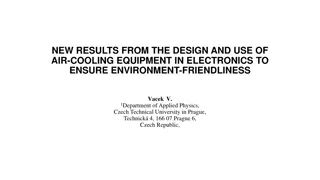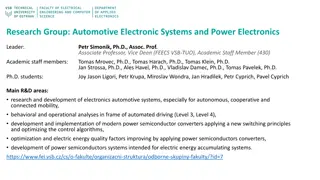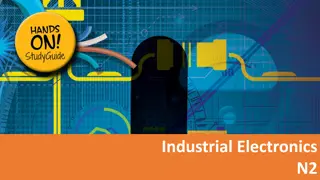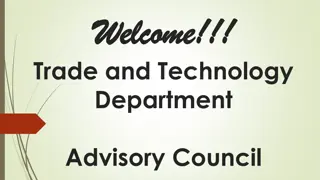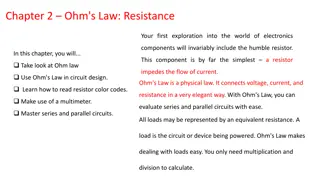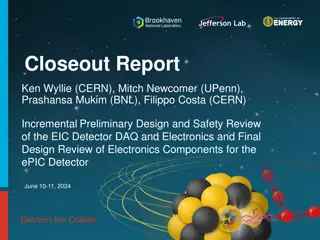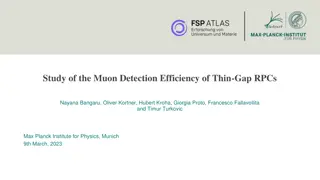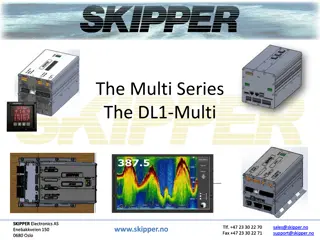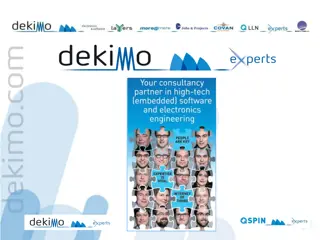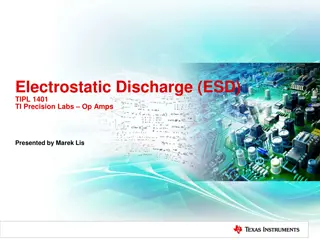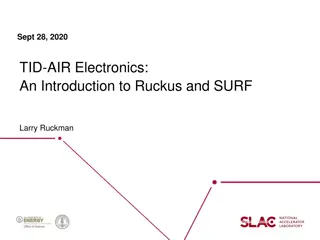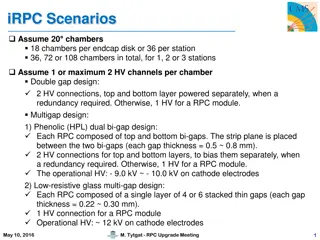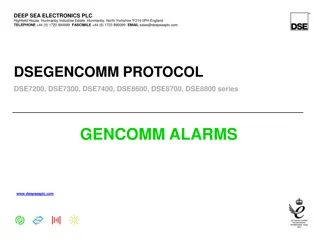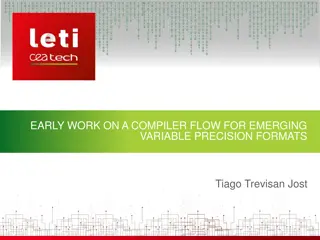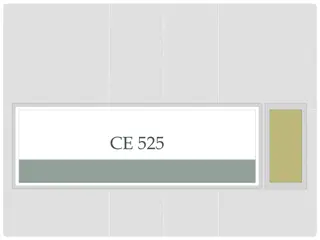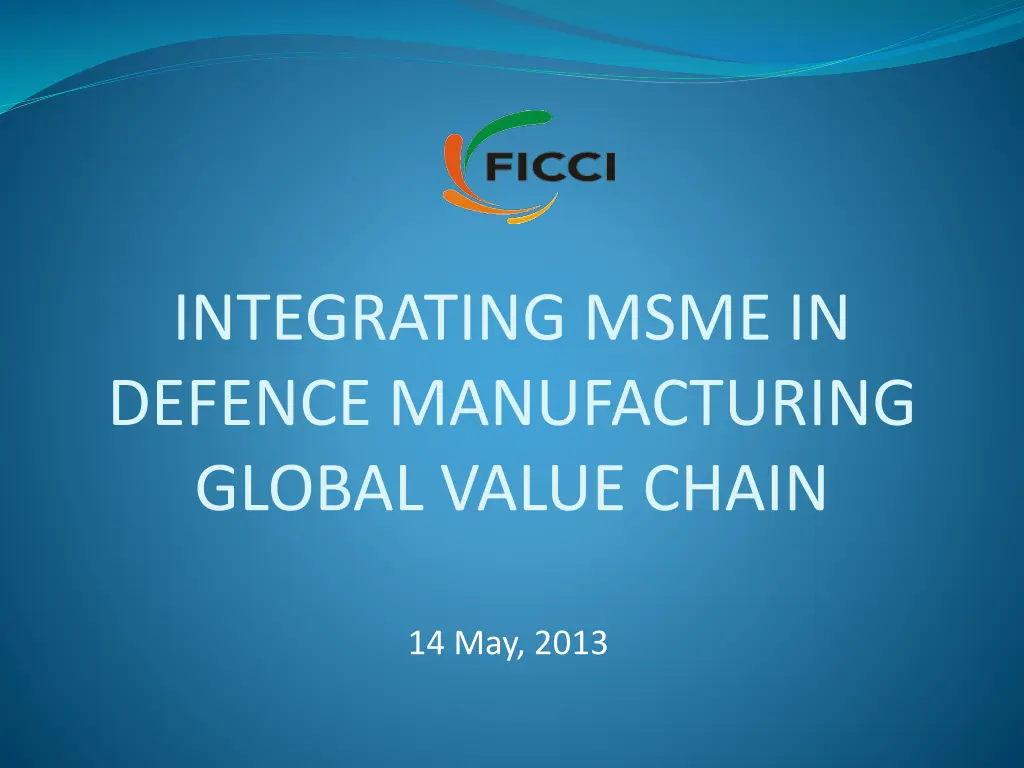
Integrating MSME in Defence Manufacturing Global Value Chain Insights
Explore the significance of integrating MSMEs in the defense manufacturing global value chain and the challenges and opportunities it presents. Learn about the infrastructure, technology, and processes involved, as well as the dynamics of the defense global supply chain. Discover the key orders and policies needed for stabilizing the sector financially and promoting MSME integration, along with recommendations for enhancing participation and support. Delve into aspects like cost of funds, risk-sharing for development contracts, and the importance of exports in this sector.
Download Presentation

Please find below an Image/Link to download the presentation.
The content on the website is provided AS IS for your information and personal use only. It may not be sold, licensed, or shared on other websites without obtaining consent from the author. If you encounter any issues during the download, it is possible that the publisher has removed the file from their server.
You are allowed to download the files provided on this website for personal or commercial use, subject to the condition that they are used lawfully. All files are the property of their respective owners.
The content on the website is provided AS IS for your information and personal use only. It may not be sold, licensed, or shared on other websites without obtaining consent from the author.
E N D
Presentation Transcript
INTEGRATING MSME IN DEFENCE MANUFACTURING GLOBAL VALUE CHAIN 14 May, 2013
DEFENCE MANUFACTURING MSME Technocrat driven Niche players Risk takers passion driven Globally, health of this sector defines the State of the Industry Defence Manufacturing Infrastructure: support provided in Offset policy Technology: State owned/controlled Methods & Processes: Hand holding Quality Standards: established players have developed
DEFENCE GLOBAL SUPPLY CHAIN Foreign Prime Has enough suppliers Qualifying is a headache Involves cost & efforts Job loss is a major issue Buyer Power leveraging Offset Minimum Indigenous content Maintenance TOT Indigenous Manufacturing Buy & Make
MSME INTEGRATION ORDERS are required to make the sector stable financially OFFSET policy provides 1.5x for the sector. For this to be a success we request that: 30% of the Offset obligation be reserved for the sector OEMs should be allowed to add Defence Licensee MSMEs in their existing listof Indian Offset Partners (IOP) MAKE & BUY & MAKE Participation as consortium member in Make programs Min 20% or 1/3rdof the indigenous content to be procured from MSME sector Eligibility criterion in technology oriented Make programs to be conducive for the sector participation Evaluation matrix to provide bonus points for procurement from MSME sector beyond the minimum percentage Import duty concessions , taxes &duties benefits,..to be passed on to MSME units
MSME INTEGRATION contd COST OF FUND Low cost bank finance for working capital: Fund & Non-Fund Non fund costs are prohibitive: Exp: a Rs.3 cr Bank Guarantee for 3 years would make the MSME unit out of pocket by Rs 54.27L & the overall cost is Rs.61.27L in comparison, this is negligible for a large Corporate. We request that this be reduced to a tenth. Exchange Rate Variation (ERV) to be allowed Technology Development Fund (TDF) be activated: MSME Unit is able to receive an aid-in-grant of Rs. 5 cr under Make programs. The IP should remain with the MSME Unit. RISK SHARING FOR DEVELOPMENT CONTRACT Institutional mechanism to accommodate failures. Suggest a 80:20 risk sharing formula as applicable under Make program
MSME INTEGRATION contd EXPORT: Units are facing serious operational problems due to requirement of NOC by the Customs and MoD insisting on End Use Certificate duly signed by the Govt of the Importing Country. It is requested that: There is a need to differentiate between platforms /Fully Built Units vis a vis components / sub-assembly Strategic vs Non Strategic parts that are banned / covered under any list / international agreement. Limit the requirement of NOC only if parts are for the above category If the item under export does not cover the above then the purchaser should provide a EUC, as was the case in the past, and this should be acceptable to the authorities concerned.


